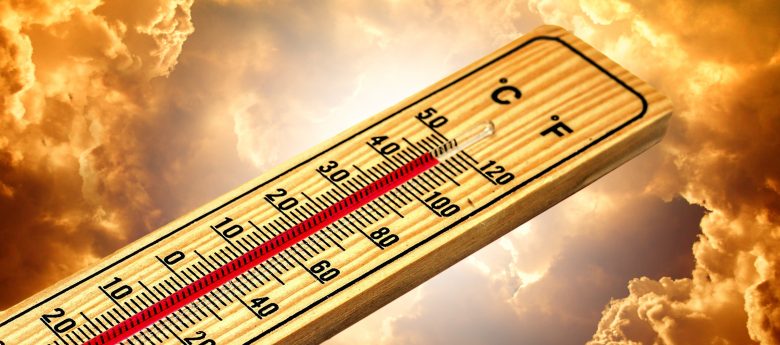Dealing with a Game-Changer

The Portland streetcar system is roughly twenty years old, relatively new by public transportations standards in the United States. It was built when planners and government officials had a solid idea of what to expect regarding the city’s climate. Typically, temperatures in Portland can drop into the 40’s (F) in the winter and go up into the high 70’s in the summer.
But the summer of 2021 has turned everything upside down. On Sunday, temperatures soared to 112 degrees with little change in sight. As this happened, a major power cable on the streetcar system, one that was expected to last for decades, warped and twisted around extremely hot metal hardware. Administrators became concerned that the cable could melt and cause electricity to travel through the hardware, potentially electrocuting someone. At the same time, electric wires above the tracks expanded and risked touching train cars as they crossed over the tracks.
By mid-afternoon, it was decided to shut the entire system down. Risks to people and the whole system were too significant to keep it operating.
When the heat first descended on the city, experts explained it was a “heat dome” traveling over the city and other parts of the Northwest. Under a heat dome, air does not rise. Instead, it becomes trapped below the atmosphere, where it becomes denser and hotter. It was believed the situation would be alleviated relatively quickly; however, as of this writing, it has not.
As a result, scientists, city administrators, and others believe what we are witnessing is an extreme example of climate change in action, happening in a part of the country that typically has relatively mild temperatures.
Furthermore, because the heat is so intense and persistent, something more seems to be evolving as well: this summer is proving to be a game-changer. The “solid idea” we mentioned earlier that planners and government officials maintained about Portland’s climate is now shaky. Planners now know that future construction and infrastructure must be built with the understanding that Portland and the entire Northwest may have far hotter and far colder weather than ever before.
So, what does this mean for facility managers in Portland, the Northwest, and throughout the rest of the country? Many regions of the U.S. are now experiencing unusual weather, often extreme weather events, which have not occurred before. Extreme weather is not the only concern for the nation. Large portions of the country are also suffering severe drought conditions. There are five categories of drought, from short-term dryness to exceptional, widespread, and dangerous. Half the country now falls into one of these categories.
Acknowledging that this summer is a game-changer, we asked Klaus Reichardt, CEO, and Founder of Waterless Co., Inc., to advise what facility managers can do to keep their properties open and operating, and specifically, how they can address drought conditions. Reichardt offers the following suggestions:
Accept the fact that climate change is happening. Look for ways to reduce your facility’s environmental footprint. “For instance, the Portland streetcar system is 100 percent powered by green energy. As more facilities become green-powered, it will help reduce greenhouse gas emissions into the atmosphere. These, it is believed, contribute to climate change.”
Have professionals conduct building water audits. Addressing water issues, in the past, Reichardt has suggested that many water audits can be performed in-house, especially if the facility has plumbing maps outlining the plumbing system within the facility. “But now, we must turn to professionals to conduct water audits. Because of these game-changing conditions, we must account for every drop of water used in the facility. In addition, the professionals will have more advanced methods and technologies, making them better able to do this.”
Conduct the big swap out. During the pandemic, building renovation came to a halt. However, now renovation projects are being revived again, and in some cases, significantly. “Restroom renovation is high on the list of projects, but many building owners and managers are still taking a piecemeal approach when it comes to swapping out older toilets and urinals. To radically reduce water consumption, which is what we need to do now, requires that all toilets be replaced with high-performing toilets and urinals replaced with no-water urinals. We need to think big when it comes to water reduction strategies.”
End of the 10-Year Plan. Many building owners/managers usually have 10-year sequencing plans or maintenance plans for their properties. Historically, these have worked well. Owners/managers have known that every ten years, for instance, HVAC systems should be replaced or upgraded. “However, now with drought conditions, climate change, and other concerns, more agility and flexibility are needed. Some mechanicals, including water-using fixtures and devices, many need to be changed sooner. Holding fast to a 10-year plan today can put facilities at risk.”
Robert Kravitz is a former building service contractor and now a frequent writer for the professional cleaning and building management industries. He can be reached at robert.kravitz@outlook.com.
